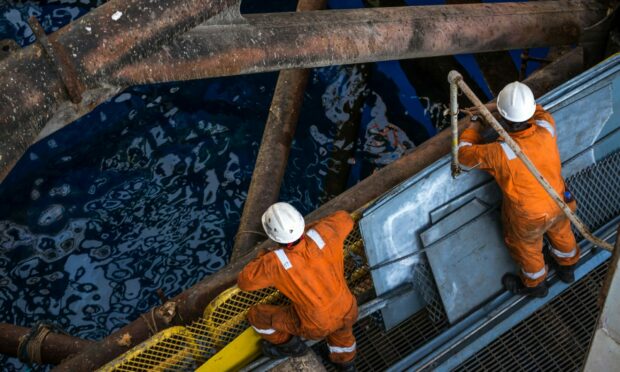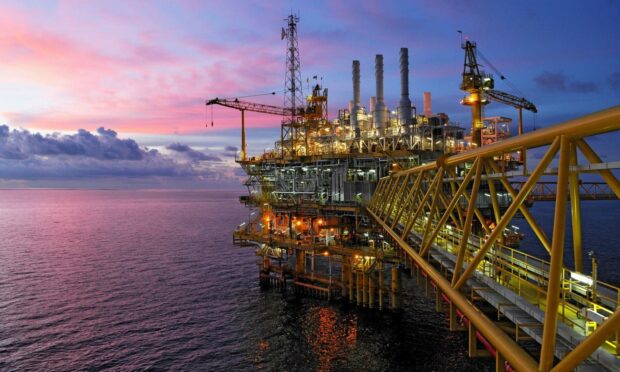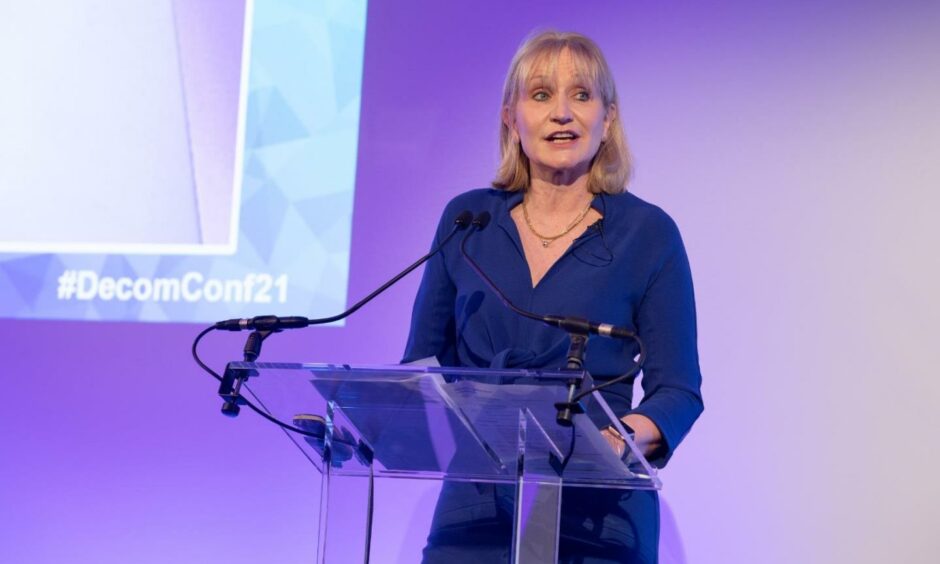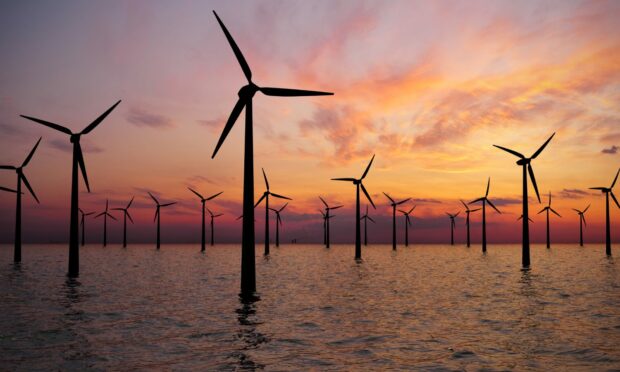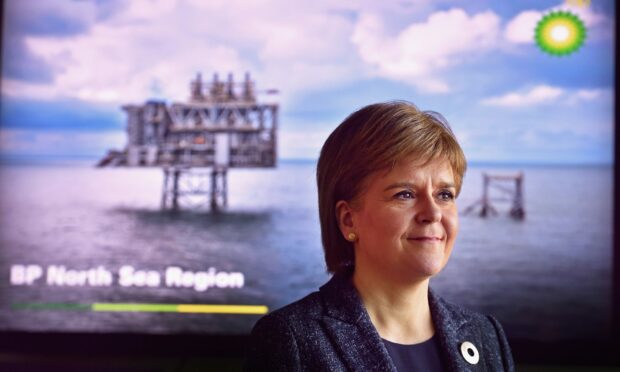Boris Johnson will unveil his government’s energy strategy on Thursday as concerns grow over western reliance on Russian oil and gas.
The plan will outline a range of ways to produce more energy in the UK in a bid to help tackle soaring energy bills and respond to Putin’s invasion of Ukraine.
Strategies are likely to include increasing renewable energy goals, boosting nuclear power, but also expanding the UK’s supplies of gas and oil.
The energy strategy was expected in March but was delayed after reports the Treasury was resisting new spending commitments.
What is the energy strategy?
Boris Johnson promised a strategy outlining plans to boost UK energy production as an alternative to western reliance on Russian energy imports.
Ahead of its publication, he held talks with industry figures from the North Sea oil and gas sector, along with representatives from renewables and nuclear industries.
Renewable energy targets will play a significant role in the plan, particularly around the development of offshore wind.
However, it will also cover nuclear, solar and domestic oil and gas production.
A UK Government spokeswoman said: “Energy security is our absolute priority. This is why, as part of our North Sea Transition Deal, we have committed joint investment with industry of up to £16 billion by 2030 to maintain security of supply while boosting hydrogen production, carbon capture and other technologies to cut emissions.
“Our energy supply strategy will look at all options to bolster the UK’s energy security for the long term, by continuing to back our vital North Sea oil and gas sector while at the same time supercharging our renewable energy and nuclear capacity.”
What could the strategy say on oil and gas?
The strategy is likely to consider increasing domestic production of oil and gas in the North Sea amid renewed focus on energy markets from Putin’s invasion of Ukraine.
Licences for six new oil and gas projects are expected to be brought forward despite critics warning any new projects will take years to come to fruition.
Deirdre Michie Chief Executive of Offshore Energies UK said the energy strategy needs to make the most of the North Sea’s potential to deliver “secure, cleaner energy”.
She added: “Putin’s war in Ukraine underlines the need for all countries to have diverse and reliable supplies of energy, making the most of domestic resources but also being a responsible partner to Europe and others who need these too.
“While oil and gas continues to play a big role in our energy mix it makes sense to support domestic production, while at the same time encouraging those same companies to continue to invest in wind, hydrogen and carbon capture.”
Russia is Europe’s largest supplier of natural gas, providing around 40% of gas used across the continent.
The UK gets around 4% of its gas supply from Russia and oil from the country accounts for about 8%.
Please read: thread on energy security 🧵
The North Sea is our single largest source of gas, with the bulk of our imports coming from reliable Norway.
Unlike Europe, we're not reliant on Russian gas.
But like others, we are vulnerable to high prices set by markets.
(1/9)— Kwasi Kwarteng (@KwasiKwarteng) February 28, 2022
UK Energy Secretary Kwasi Kwarteng said in March that the UK will continue to back North Sea gas for energy security.
He added it would be “complete madness to turn off our domestic source of gas”.
However, UN Secretary-General Antonio Guterres said this week that investing in new fossil fuel production and power plants is “moral and economic madness”.
It comes after a major new report warned the world is heading for temperature rises twice as high as the 1.5C seen as the threshold which the worst impacts of global warming will be felt.
What about renewables?
Renewables are expected to play a key role in the government’s energy blueprint, with the goal for offshore wind generation expected to be ramped up.
This includes a possible increase of the current target to generate 40GW – about 25% of the UK’s energy – by 2030 from wind.
The prime minister has appeared to shift support to offshore wind despite their possible expansion concerning some colleagues over their impact on communities.
Morag Watson, Director of Policy at Scottish Renewables, said renewable energy will help the UK meet its net zero carbon emissions targets but will also provide home-grown, affordable energy supply for the UK in the decades to come.
She added: “Scotland’s renewable energy industry needs action on a number of fronts if it is to fulfil its full potential as the green powerhouse of the UK, and the upcoming energy strategy provides a chance to make those necessary changes.
“The way in which the electricity network is paid for urgently requires review, with Scottish generators currently penalised to the tune of tens of millions of pounds every year.
“And with the transition to low-carbon heat one of the most pressing issues facing the UK, it would be enormously helpful if the energy strategy set out how the UK Government intends to replace the Domestic and Non-Domestic Renewable Heat Incentive schemes in Scotland.”
When can we expect Scotland’s plan?
The Scottish Government has delayed publication of its plan to help Scotland shift away from North Sea oil and gas.
SNP Energy Secretary Michael Matheson said the document will not be released until autumn, instead of spring.
The minister referenced the “fast-moving energy landscape” but also the UK Government’s delay in publishing its own energy supply strategy.
Nicola Sturgeon has come under pressure – including from within her own party – over her stance on oil and gas.
The first minister has taken a hard line on oil and gas since the COP26 climate summit in Glasgow, where she called for an end to oil and gas exploration.
The Greens have also complicated matters for the SNP by appearing more drastic with the speed in which they want the country to begin to wind down oil and gas.
